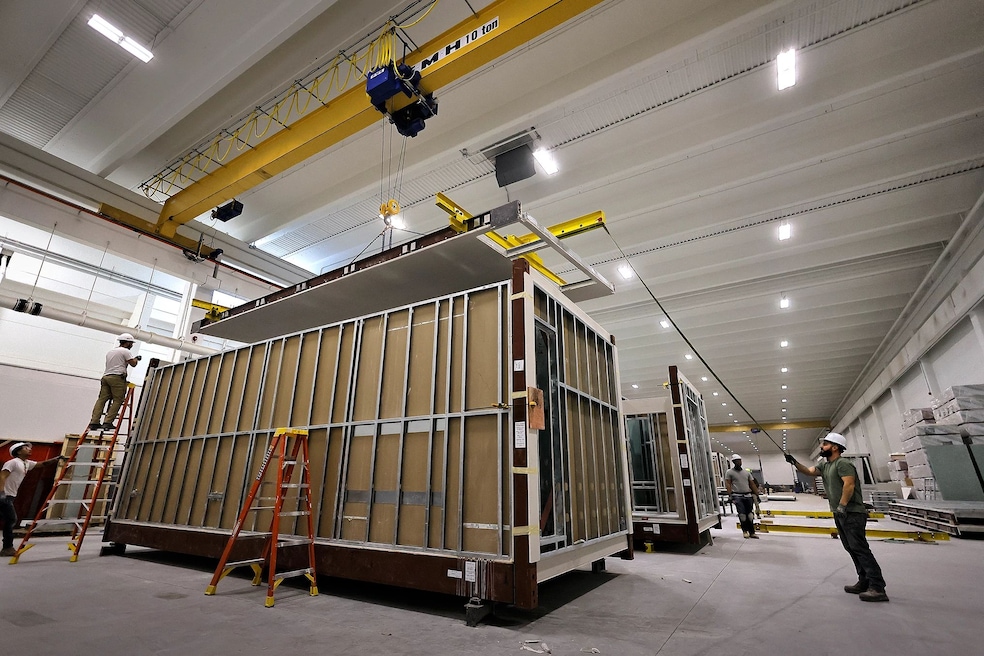Mortgage applications rise
Mortgage applications increased last week by 3.1%, according to the latest survey by the Mortgage Bankers Association. The uptick came as the interest rate declined to 6.72% for a fixed-rate 30-year mortgage.
Mortgage rates have declined for three consecutive weeks. The rate for a 30-year fixed now sits near where it was a year ago.
Applications for mortgage refinancing increased 5% from the previous week, the MBA survey released Wednesday said, marking 18% year-over-year growth.
It’s been a wait-and-see approach with mortgage rates this year. The National Association of Realtors Chief Economist Lawrence Yun, among many experts, predicted a decline in mortgage rates in 2025, something many buyers have been eyeing since the pandemic induced sub-4 % rates. Yun adjusted his predictions, and for 2026, he sees an average 6.1% rate.
Freddie Mac expands financing for factory homes
Single-section, or single-wide, factory-built homes can now be financed through Freddie Mac’s CHOICEHome conventional financing.
These homes must exceed the U.S. Department of Housing & Urban Development’s minimum standards for manufactured homes. To be eligible, the factory-built homes must be comparable to a site-built home, requiring features such as a minimum porch size, garage and dormers.
Factory-built homes with multiple sections were previously covered. The loan can be financed with a 3% down payment for certain buyers.
“Freddie Mac's support for modern single-section factory-built homes will play an important role in creating and promoting affordable housing in markets that need additional supply to help first-time homebuyers,” said Sonu Mittal, executive vice president at Freddie Mac, in a statement.
According to Freddie Mac, the median price of a single-section home including land is about $200,000. The median price of a single-family home, according to Homes.com data, is $395,000.
Feds give boost to low-income housing
The Federal Housing Finance Agency increased the cap on tax credits for affordable housing Tuesday, going from a $2 billion limit up to $4 billion. Half will be reserved for “difficult to serve” markets, while 20% of the reserved half will be aimed at rural areas, according to the government agency.
Freddie Mac and Fannie Mae were previously capped at $1 billion each in Low-Income Housing Tax Credits, which subsidize the construction, purchasing and rehabbing of affordable rental housing. Now, each can disperse $2 billion.
According to the nonpartisan Tax Policy Center, the LIHTC program has generated 3.5 million affordable rental units since being enacted in 1986.
The boost came as part of President Donald Trump’s tax and spending law known as the “Big Beautiful Bill.”


